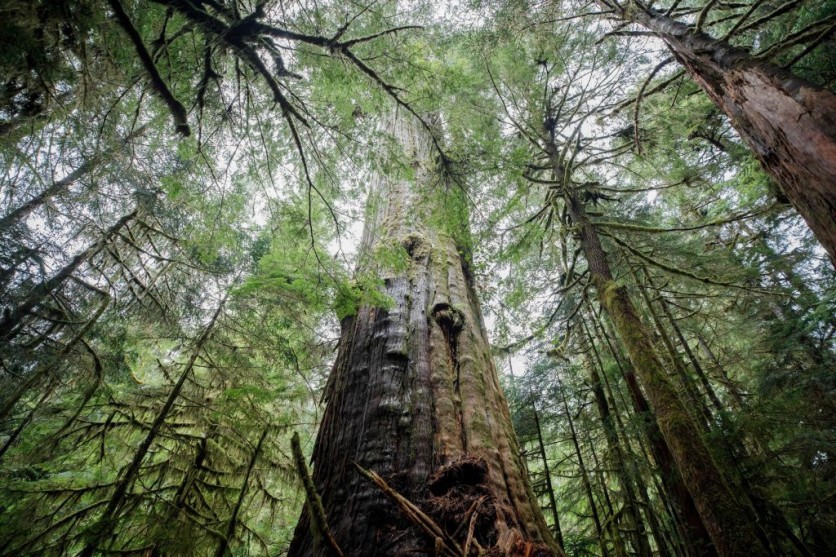In a recent study, researchers revealed the impressive impact of decades-long efforts to restore forests in the eastern United States.
Their findings, published in the journal Earth's Future, show how extensive reforestation has unexpectedly cooled temperatures in the region, providing some hope in the fight against climate change.'

Efforts to Revive the Forest
This report shared by Phys.org tells us that widespread deforestation caused by timber harvesting and agriculture resulted in the catastrophic loss of more than 90% of these forests by the turn of the 20th century. The consequences were disastrous, with significant land cover changes and potentially harmful environmental effects.
Fortunately, in the 1930s, efforts to revive the forests gained momentum. Abandoned agricultural lands were allowed to regenerate, resulting in a remarkable recovery for eastern forests. Over the decades, about 15 million hectares of forest have returned, creating a green tapestry across the landscape.
While global warming was in full swing during the 20th century, the eastern US experienced a cooling trend, contrary to the warming trends observed elsewhere. Scientists dubbed this phenomenon a "warming hole," prompting them to look into the role of reforestation in the cooling anomaly.
The Cooling Effect
The research team was led by Mallory Barnes, an environmental scientist at Indiana University, who delved into the relationship between forests and temperatures. Their findings revealed a significant cooling effect due to forests. Forests in the eastern United States were found to cool the land surface by 1 to 2 degrees Celsius each year, providing much-needed relief from the heat.
The cooling effect was most pronounced during midday in the summer, with temperatures dropping by as much as 5 degrees Celsius in forested areas compared to non-forested ones. Even the air temperature near the surface experienced a reduction of up to 1 degree Celsius, further highlighting the cooling benefits of forests.
Interestingly, young forests aged between 20 and 40 years were found to have the strongest cooling effect, showcasing the importance of ongoing reforestation efforts. Weather stations surrounded by forests were up to 1 degree Celsius cooler than those without forest cover changes, indicating the widespread impact of reforestation on regional temperatures.
While reforestation alone cannot account for all the cooling observed in the eastern US, it undoubtedly plays a crucial role. Barnes and her team emphasize that reforestation helps mitigate climate change by absorbing carbon dioxide and serves as a vital tool for climate adaptation in temperate regions.
However, the study also highlights the need to consider environmental factors carefully when implementing reforestation strategies. While forests in the eastern US have led to cooling, the effects may differ in other environments, necessitating a nuanced approach to forest management.
Stay posted here at Tech Times.
Related Article : Latest AI Study Reveals 15% of Americans Reject Climate Change

ⓒ 2025 TECHTIMES.com All rights reserved. Do not reproduce without permission.




